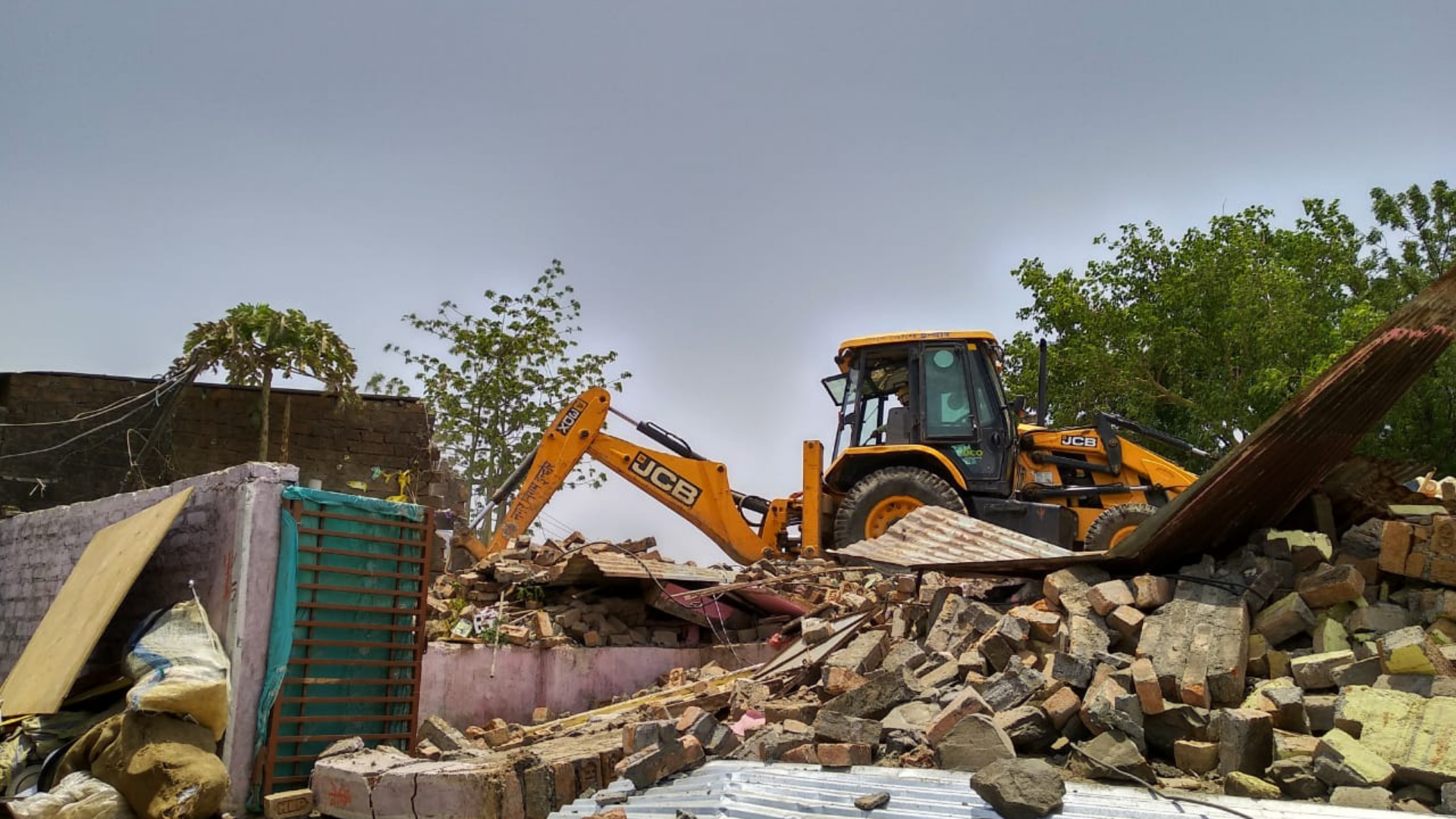The idea of Rights is as old as the history of Human civilization. Rights were variously described as natural, inalienable, incontestable and even sacred. But it was only in the late 1940s that this concept was amplified with the Universal Declaration of Human Rights. This historical document with its thirty articles presented both a challenge and an obligation for the world democracies to reduce the gap between principle and practice. This article assesses one such gap, the gap between promise and reality of right to adequate housing
The right to adequate housing is the right to live somewhere in security, peace, dignity free from arbitrary destruction and demolition of one’s home and arbitrary interference with one’s home privacy and family. This definition was substantially improved to broaden the concept of an adequate house, now encompassing the eight elements of adequacy: Security of tenure, availability of services; materials; facilities and infrastructure, Affordability, Habitability, Accessibility, location, cultural identity. These elements are just as functional as the basic supply and availability of housing, lack of any one of the shared elements renders the housing as inadequate.
The prevailing trend of forced evictions in contemporary urban India to give way for development and infrastructure projects, urban redevelopment or city beautification or prestigious international events hampers the very first shared element of right to adequate housing; the security of tenure. This makes the whole act of forced evictions a gross violation of human rights and a prima facie violation of right to adequate housing.
To have a complete understanding of the theory of forced evictions, one needs to dive into the very dynamics of contemporary urbanism and particularly, in how the urban poor are represented, governed, judged.
In the decades of heady nationalism and state planned growth after Independence, a nationalist “developmentalism” dominated the India political economy. The welfare state led a centralized, planned, “socialist” and inward looking economy where the provided all the services and the private sector was deeply restricted. The country, its industry, its cities, its housing, its local, its urban and public transport, higher education and even consumption were all managed, if not directly produced by the state. The poor and the entitled elite had a strong faith in this development project of the state, and believed themselves to be the beneficiaries of this development enterprise. But poor economic growth rates, the slow decline of poverty and a very little improvement in the quality of life in the 1970s and 1980s shattered their faith.it was only after adoption of liberalization and economic reforms in 1991, the story changed. But this economic transition meant a change in the expectations of the government. The aspect of self responsibilization now swept the nation. For the non- poor, this is a welcome freedom from what they perceived as bureaucratic and inefficient state and for the poor, it is placing of a new burden of responsibility upon them with little or no change in their capacity to bear.as we accept to accept self responsibilization, the responsibility of ensuring housing and access to services to becomes not the responsibility of the state or the elite but the poor themselves. Able to gate their communities,privatize their services and imagine themselves as global citizens and consumers, the elite no longer feel obliged to the same imagined city as the poor. Inequality is therefore, naturalized as an inevitable part of any market society.it is no longer understood as a problem of what poor lack but instead, one of what they been unable to do.in this conception of government, the role of the state changes from being the bearer of the nationalist development engine to being the enabler of growth. The logics of growth, within the court, are intertwined with the mechanisms of law, order and master planning, to become realities for policy makers, the media and judges alike. Within this logic, slum dwellers do indeed “keep the land from other uses that cannot be denied” for the land’s value as a site for Housing for the poor becomes unequal to its value as a part of the city’s growth machine. The “ moral” citizens become re- defined as a part of a particular kind of economic productivity. Therefore in the courts, slum dwellers become “unscrupulous citizens”, an encroacher, a term loaded with illegality. The language of the courts then travels beyond it, eroding and eliminating the legitimate rights and needs of the poor. And therefore making it ethically just to deny their rights and give way to a much more important transformation needed to claim the position of a world class city, enabling evictions to be understood as acts of governance rather than violation.
These world class cities or smart cities embody a new culture of urban space aiming to create clean and presentable spaces with removal of unclean spaces such as slums, often resulting in forced evictions, a gross violation of human rights. This becomes a potent challenge for concerned authorities and associations to come forth with a sustainable method of development which not only craters the rights of urban poor but allows them to prosper. This is in fact a heady challenge given the current trajectory of urban spaces.
This article has been written by Jahnavi Yadav of Department of Social Work, University of Delhi.
